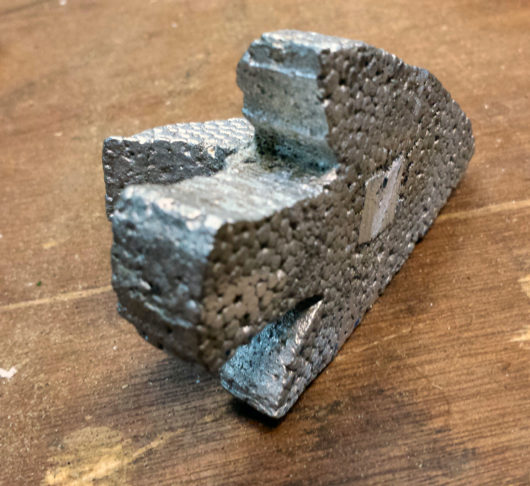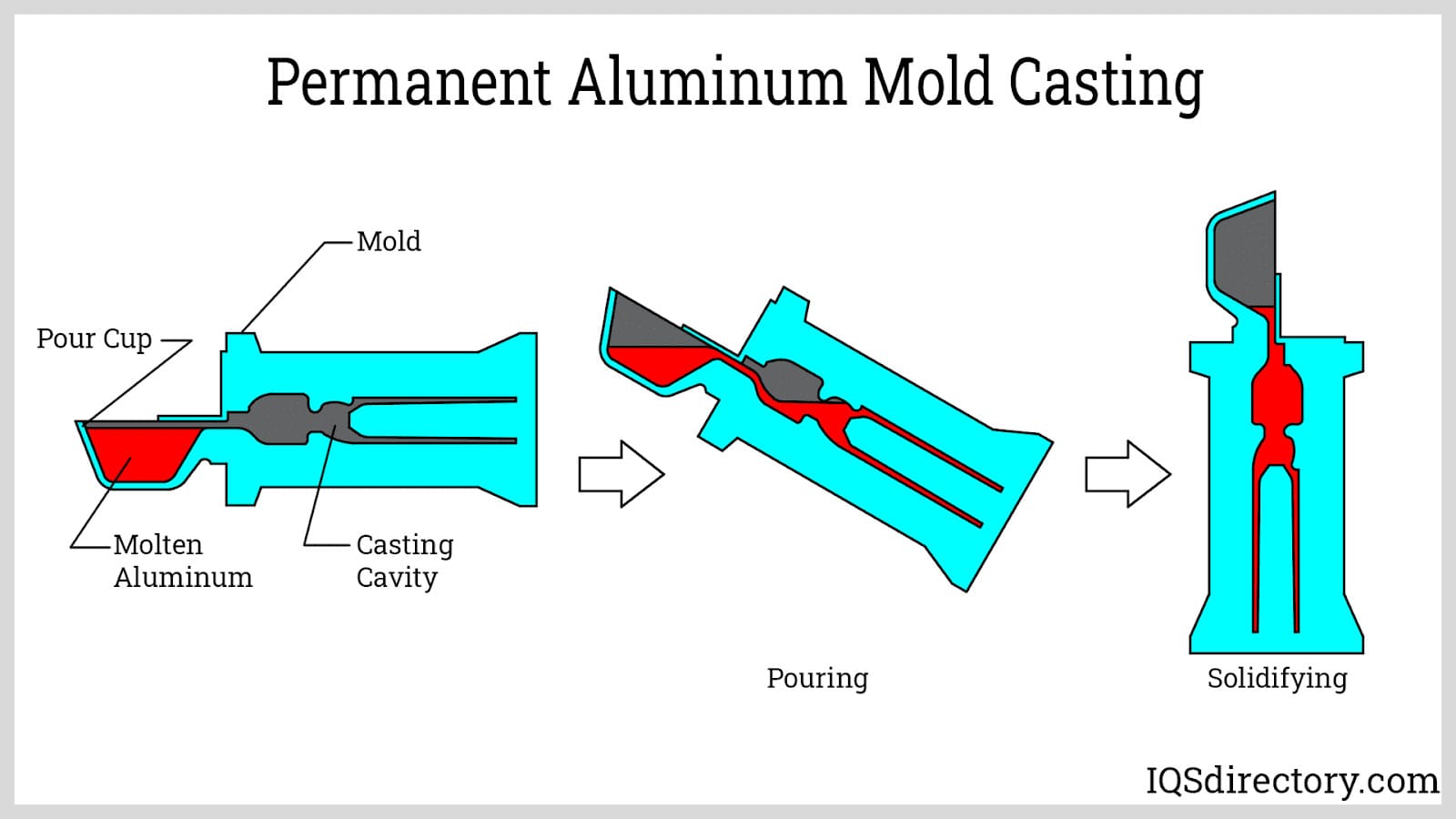The 9-Minute Rule for Stahl Specialty Company
The 9-Minute Rule for Stahl Specialty Company
Blog Article
6 Simple Techniques For Stahl Specialty Company
Table of ContentsStahl Specialty Company for BeginnersThe Only Guide for Stahl Specialty CompanyStahl Specialty Company for BeginnersStahl Specialty Company Things To Know Before You Get ThisStahl Specialty Company Things To Know Before You Get ThisThe Best Strategy To Use For Stahl Specialty Company

If you're designing a metal item, you have actually likely considered using light weight aluminum as the base material. It has a high strength-to-weight proportion, good rust resistance, excellent formability, and visual appeal. These factors have resulted in its enhanced appeal in recent years. Pure aluminum has restricted applications, so it is typically incorporated with other components, such as silicon, magnesium, and manganese to form alloys.
Different components and quantities generate a wide array of preferable physical and chemical residential or commercial properties. And the Aluminum Organization (AA), based in North America, has produced specifications that regulate light weight aluminum alloys' make-up, homes, and nomenclature. There are two sorts of aluminum alloys wrought and cast. Foundry employees form these alloy types in different ways, which significantly influences their attributes.
Not known Factual Statements About Stahl Specialty Company
Cast light weight aluminum alloys are made by thawing pure aluminum and incorporating it with various other steels while in fluid kind. The mix is put right into a sand, pass away, or investment mold.

The fourth figure, which comes after the decimal point, defines if the alloy is a casting (xxx. Wrought light weight aluminum alloys additionally start by incorporating liquified aluminum with other steels. In comparison to cast alloys, however, they are created into their last form through processes such as extrusion, rolling, and flexing after the metal has solidified into billets or ingots.
There are numerous minor differences between functioned and cast light weight aluminum alloys, such as that cast alloys can consist of much more considerable amounts of various other steels than functioned alloys. However one of the most noteworthy distinction in between these alloys is the fabrication process through which they will most likely to deliver the end product. Apart from some surface therapies, cast alloys will certainly leave their mold in practically the exact strong form wanted, whereas wrought alloys will undertake several adjustments while in their strong state.
If you think that a wrought alloy might be the most effective for your project, take a look at some of our short articles that explain even more concerning certain wrought alloys, such as Alloy 6061 and Alloy 6063. On the other hand, if you think an actors alloy would be much better for you, you can discover more regarding some actors alloys in our Alloy 380 and Alloy 383 write-ups (coming soon).
The Ultimate Guide To Stahl Specialty Company
When choosing a light weight aluminum factory for your production requirements, it's critical to examine numerous aspects. One of the most critical facets to consider is the experience and capability of the factory. aluminum foundry. Choosing a factory who has the right expertise of the light weight aluminum casting procedure, and the portfolio to show for it, aids to have an effective end result for your project
Having the experience and sector expertise to craft your spreadings for ideal production and high quality end results will simplify the job. Making light weight aluminum castings requires a complicated collection of procedures to attain the ideal results. When selecting a brand-new light weight aluminum factory to partner with, ensure they have extensive market experience and are experienced about all facets of the light weight aluminum spreading procedure: style, manufacturing, product analysis, and product testing.
The shop ought to additionally have a tested performance history of supplying extraordinary products that fulfill or surpass client expectations. Quality control needs to also go to the top of your checklist when selecting a light weight aluminum factory. By dealing with a qualified foundry that adheres to the standards for quality assurance, you can shield the integrity of your product and guarantee it satisfies your specs.
By picking a firm that supplies solutions that meet or exceed your item requirements, you can be certain that your project will be finished with the utmost precision and efficiency. Various components need various production techniques to cast light weight aluminum, such as sand casting or die spreading.
An Unbiased View of Stahl Specialty Company
Die spreading is the name given to the process of producing intricate metal elements via use of molds of the component, likewise understood as passes away. It produces even more elements than any kind of various other procedure, with a high degree of precision and repeatability. There are three sub-processes that fall under the category of die casting: gravity die casting (or irreversible mold and mildew spreading), low-pressure die casting and high-pressure die casting.
After the pureness of the alloy is checked, passes away are developed. To prepare the passes away for spreading, it is crucial that the passes away are tidy, so that no deposit from previous manufacturings stay.
All About Stahl Specialty Company
The pure steel, also known as ingot, is included in the heating system and maintained at the molten temperature level of the steel, which is after that moved to the shot chamber and injected into the die. The pressure is then maintained as the metal solidifies. Once the metal solidifies, the cooling process begins.
(https://stahl-specialty-company-48547473.hubspotpagebuilder.com/stahl-specialty-company/discover-the-best-foundry-near-me-your-go-to-casting-foundry-for-aluminum-castings)
The thicker the wall of the part, the longer the cooling time due to the fact that of the amount of interior metal that additionally requires to cool. After the element is totally cooled down, the die cuts in half open and an ejection system presses the part out. Adhering to the ejection, the die is shut for the following shot cycle.
The flash is the additional product that is cast throughout the procedure. Deburring gets rid of the smaller sized items, called burrs, after the trimming procedure.
The Basic Principles Of Stahl Specialty Company

Zinc is one of the most pre-owned alloys for die spreading due to its lower cost of raw products. Its corrosion resistance additionally allows the parts to be long enduring, and it is one of the more castable alloys due to its lower melting point.
As stated, this alloy is among the most commonly utilized, yet manufactures will, at times, pick aluminum over next zinc as a result of light weight aluminum's manufacturing advantages. Light weight aluminum is extremely affordable and among the extra flexible alloys. Aluminum is used for a variety of different products and markets anything from window structures to aerospace products.
Report this page